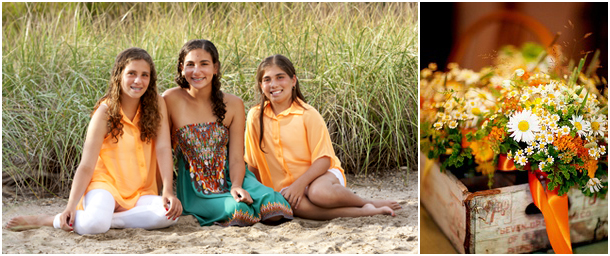Photographing The Performance Horse
As an avid rider and equestrian photographer, I know what a good jump looks like. Capturing the “perfect jump shot” can be more difficult than one would expect. It’s not just timing: its framing, using the background advantageously, the direction of light and the position of the horse and rider.
This hunter horse and rider are well lit. The sun is falling on them and the jump is an attractive oxer. The frame is at a ¾ angle which is most flattering for horses and people, especially when the horse is jumping in good form. His knees are up, his ears are forward and his eyes are open. [Yes, sometimes they close their eyes.] Ideally, the rider should be more centered on her horse, not tipping to the right and her leg underneath her more, instead of behind as it is. I am a perfectionist and want both horse and rider looking their best.
The jumper horse and rider are riding into the light. It beautifully sculpts the horse’s face and falls onto his neck. The jump is an attractive red oxer. I would prefer if the speaker was not in the background but being limited by the direction of the light, the type of jump and my ability to get a clear sight to the jump, this was my best option for this class. The horse is at the center of his arc and his knees are folded beautifully. He is fully attentive to the job at hand. The rider is nicely balanced on her horse making the picture almost perfect. For me, perfect would be eliminating the speaker.
There are many variables when considering which jump to choose when photographing a horse and rider combination. The jump, the direction of light and the background must all be taken into account. Much thought and skill goes into making “The Perfect Shot”.








